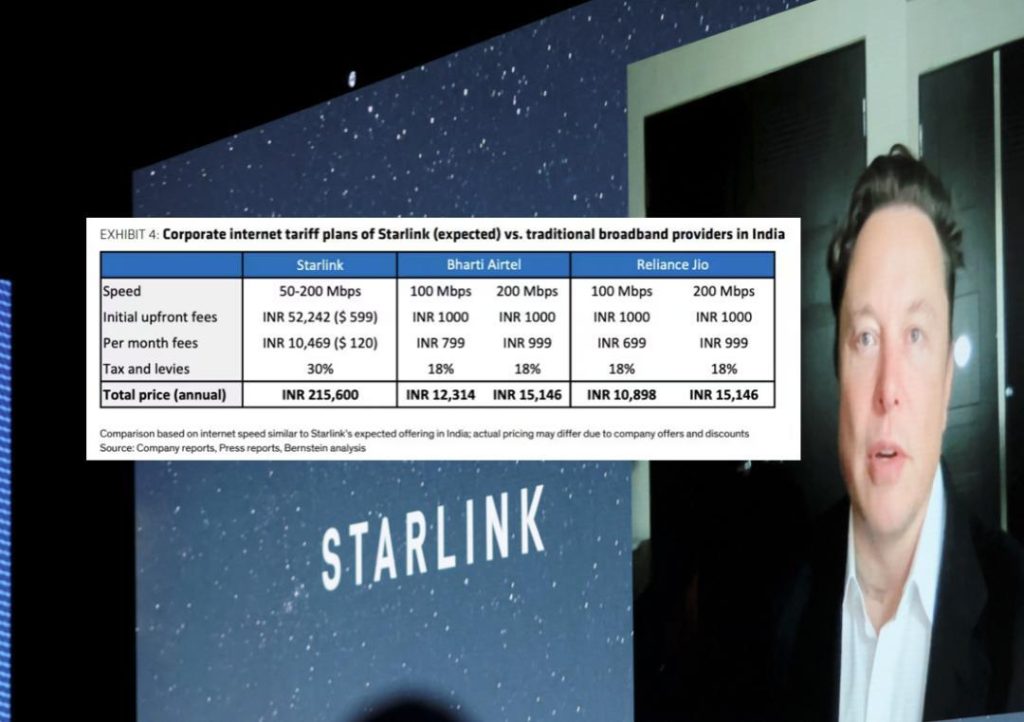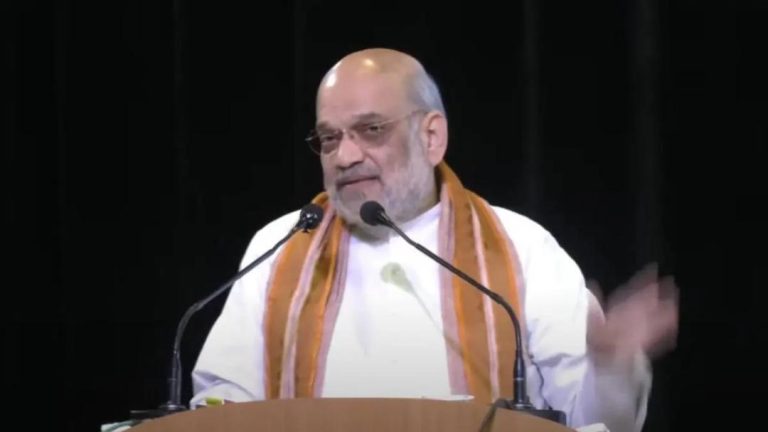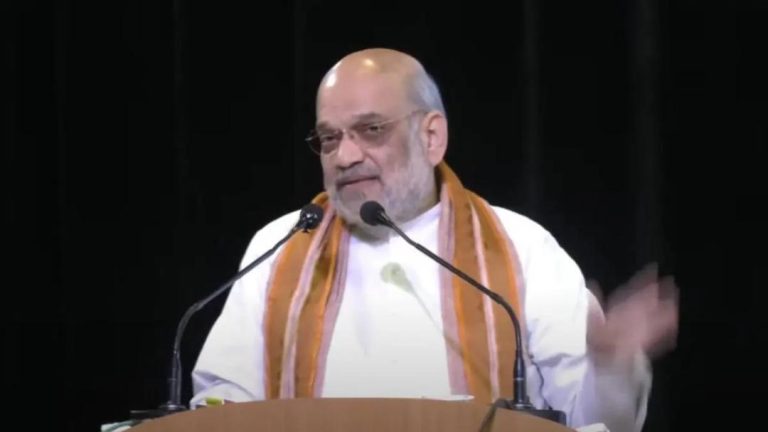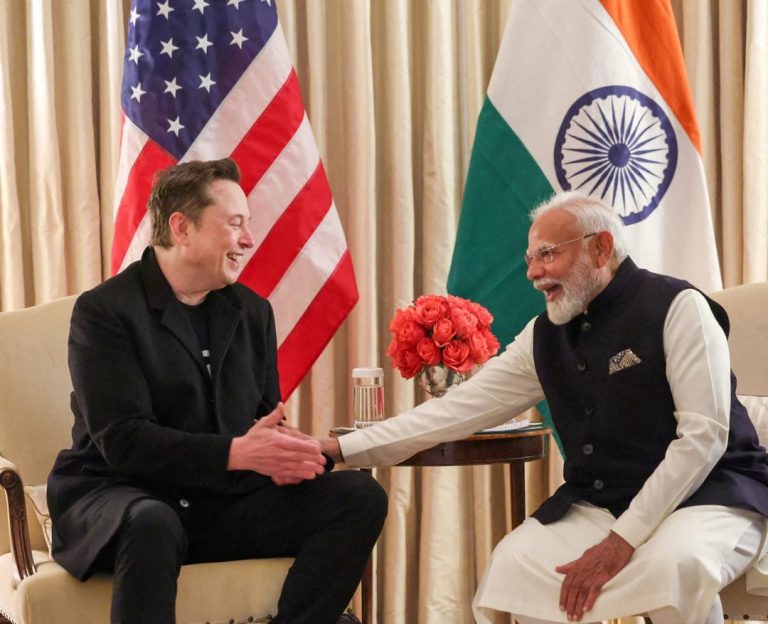
How Much Will Musk’s Starlink Likely Cost in India?
Elon Musk’s ambitious project, Starlink, is all set to revolutionize the internet connectivity landscape globally. The satellite-based broadband service is expected to bring high-speed internet to remote and underserved areas, bridging the digital divide. However, a recent analysis has revealed that Starlink’s prices in India are likely to be significantly higher than those of established players like Jio and Airtel.
According to the analysis, Starlink’s corporate annual internet tariff plan could go up to ₹2,15,600, which includes an initial upfront fee of ₹52,242. This is a staggering 10-14 times more expensive than the annual charges offered by Jio and Airtel, which range from ₹15,000 to ₹20,000.
For residential plans, Starlink is expected to charge between ₹3,500 to ₹4,500 per month. This is significantly higher than the prices offered by established players, which start from around ₹500 to ₹1,000 per month.
So, why are Starlink’s prices likely to be so high in India? There are several reasons for this. Firstly, Starlink is a relatively new player in the market, and it is investing heavily in its infrastructure, including launching a large number of satellites and building a ground-based network. This requires significant capital expenditures, which are likely to be reflected in the pricing.
Secondly, Starlink is targeting a niche market in India, particularly in areas where traditional internet connectivity is limited or non-existent. This means that the company has to invest in building its own infrastructure, including installing satellite dishes and setting up ground-based stations, which adds to its costs.
Finally, Starlink is a global player, and its pricing strategy is likely to be influenced by its global operations. The company may be charging higher prices in India to ensure that it can maintain its global pricing strategy and ensure profitability.
Despite the high prices, Starlink is likely to attract a niche audience in India. The company’s satellite-based broadband service offers several advantages, including high-speed internet, low latency, and reliable connectivity. This is particularly important for businesses that require high-speed internet for their operations, such as those in the financial sector, healthcare, and e-commerce.
In addition, Starlink’s satellite-based service can provide internet connectivity to remote and underserved areas, including rural India, where traditional internet connectivity is limited or non-existent. This can be particularly beneficial for communities that rely on internet connectivity for their daily needs, such as education, healthcare, and communication.
However, for the average Indian consumer, Starlink’s high prices may not be justified. The company’s pricing strategy is likely to limit its adoption to a niche audience, including businesses and individuals who require high-speed internet for their operations.
In conclusion, Starlink’s prices in India are likely to be significantly higher than those of established players like Jio and Airtel. While the company’s satellite-based broadband service offers several advantages, including high-speed internet, low latency, and reliable connectivity, its high prices may limit its adoption to a niche audience. For the average Indian consumer, Starlink’s prices may not be justified, and they may prefer to stick with established players that offer more affordable internet plans.






